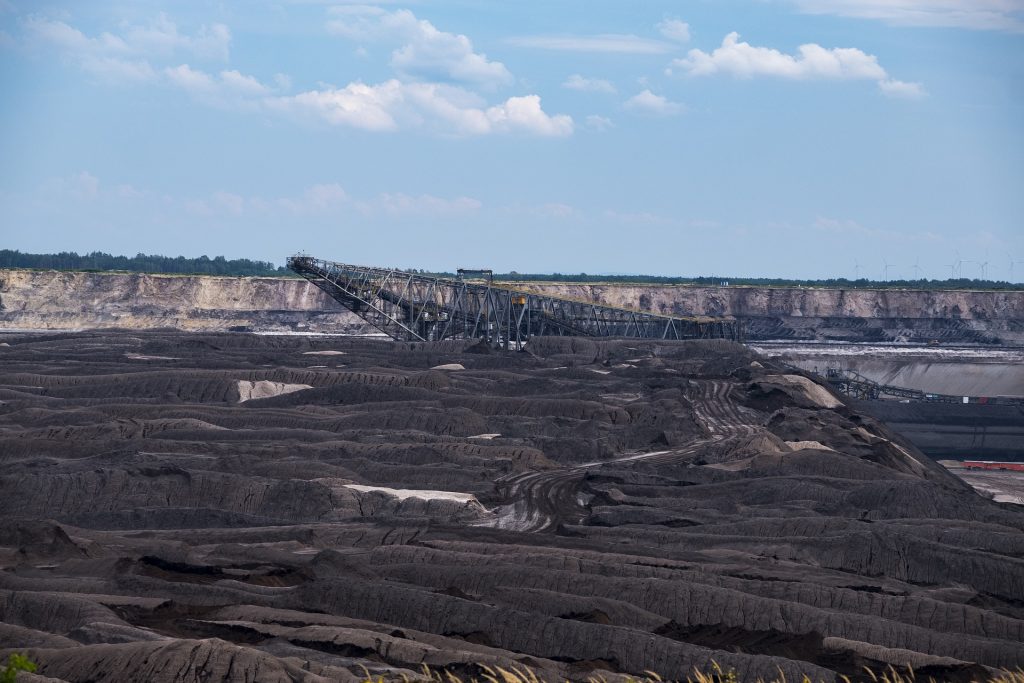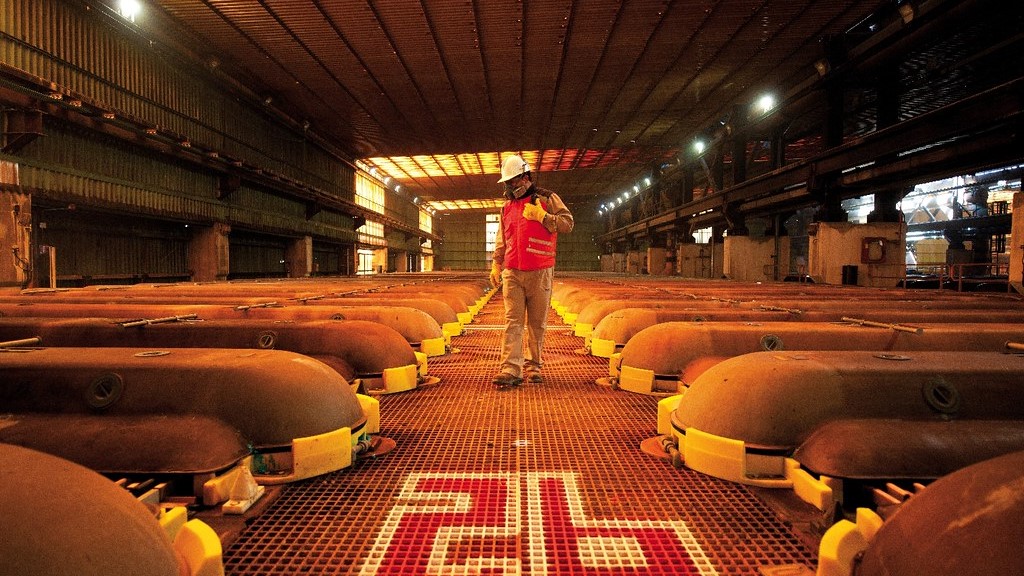The members of Federal Energy Regulatory Commission, most of whom were appointed by President Donald Trump, have already thwarted one effort to bail out uneconomic power plants, killing a 2017 directive by Energy Secretary Rick Perry that sought to keep struggling facilities in business. Now, Trump has directed Perry to take “immediate steps” to stop coal and nuclear retirements — but the latest plan, like the last, may be at the mercy of the commission’s five members.
“If they plan to recover the charges from electric customers, there doesn’t appear to be any way that they can get around having to go back through FERC to implement this,” said Alison Silverstein, an independent energy consultant who helped write a grid study for the Energy Department last year. “Even if FERC does not have the ability to judge whether the rationale for the order is sound, it still has the responsibility and jurisdiction to review and approve the method for selecting the plants and charging the money.”
FERC declined to comment.
Emergency authority
The most recent effort, described in a draft memo obtained by Bloomberg, would use emergency authority under two federal laws to order grid operators to buy electricity or generation capacity from a list of plants designated by the Energy Department.
The proposal may aim to bypass the energy commission completely. But, given the commission’s jurisdiction over U.S. electricity markets, it likely has a role in any plan that requires grid operators to make out-of-market payments to generators.
“It wouldn’t be in the position of blocking such an order but would be, essentially, setting the terms and conditions under which these plants are getting paid,” said Joel Eisen, an energy law professor at the University of Richmond. “That may or may not be to the liking of DOE.”
“It wouldn’t be in the position of blocking such an order but would be, essentially, setting the terms and conditions under which these plants are getting paid”
The Energy Department did not immediately return a request for comment.
The latest plan relies on a provision of the Federal Power Act that allows the energy secretary to declare a grid “emergency” and issue orders requiring certain plants to stay online “in the public interest.” That option has been fiercely sought by coal generator FirstEnergy Corp. and its supplier Murray Energy Corp.
Possible roadblock
But invoking that emergency authority almost guarantees FERC’s involvement, Eisen said. Depending on how the emergency orders are written, the commission likely would be responsible for setting the payments to generators. That could slow implementation of the orders, and frustrate efforts to boost revenues for coal and nuclear plants that currently can’t compete against cheaper power sources such natural gas and renewable energy.

“By virtue of the fact that FERC would have to set whatever rates are prevailing for those plants — that process would take time,” Eisen said, adding, “I’m not entirely sure whether FERC would set rates that were anything other than market rates.”
Some commissioners have signaled they’re, at best, lukewarm about the latest efforts to save uneconomic plants. At the beginning of the year, the commission flat out rejected Perry’s proposal to compensate power plants for their ability to store at least 90 days of fuel on site, saying it was legally dubious.
Even some of the panel’s Republican members have derided elements of the Energy Department’s latest effort — in particular, its use of a Cold-war era statute once invoked by President Harry Truman to help the steel industry.
Commissioner Rob Powelson told reporters in May that such an approach “would create probably the greatest moral hazard we have seen in years.” Commission Chairman Kevin McIntyre struck a more diplomatic, though no less dismissive, tone when he described the plan as “not the most obvious fit.”




Comments